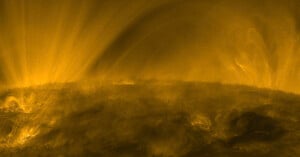
New Close-Up Video Shows Sun’s ‘Fluffy’ Corona in Extreme Detail
The European Space Agency (ESA) published a new video captured from its Solar Orbiter that provides an up-close, detailed look at the Sun's corona.

The European Space Agency (ESA) published a new video captured from its Solar Orbiter that provides an up-close, detailed look at the Sun's corona.
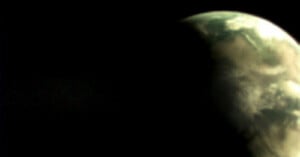
A new image of Earth may not look like much at first glance, but how it was captured is incredible.
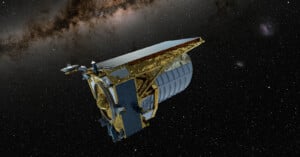
After more than a decade of work by over 2,000 scientists from 300 institutes around the world, the European Space Agency (ESA) is mere hours away from launching its new space probe, Euclid, from Cape Canaveral, Florida.
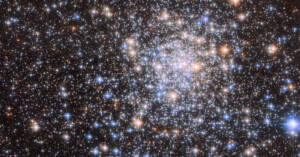
A newly released photo captured by the Hubble Space Telescope shows off a spectacular cluster teeming with bright, glittering stars that is available in greater than 4K resolution.
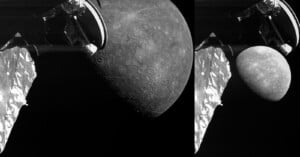
The European Space Agency (ESA) has released a new set of photos captured by the BepiColombo probe that showcases some very clear images of Mercury as well as "tectonic and volcanic curiosities."
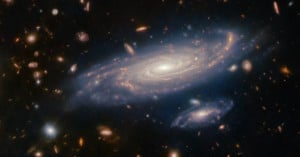
The James Webb Space Telescope has recently captured a large spiral galaxy that resembles Earth's own Milky Way Galaxy that exists a little over a billion light years away.
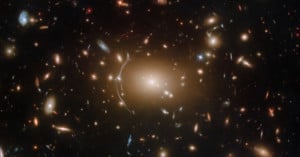
Hubble is getting into the Halloween spirit with its photo of the galaxy cluster Abell 611. This, like all galaxy clusters, is a cosmic mystery to astronomers who aren't sure how it is able to stay together since there doesn't seem to be enough mass to keep it from flying apart.
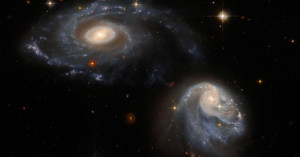
Even though the James Webb Space Telescope tends to steal the space-themed headlines lately, the Hubble Space Telescope is still capturing incredible photos of the universe, including this galactic pair that are so close to one another that they are distorted by each other's gravity.
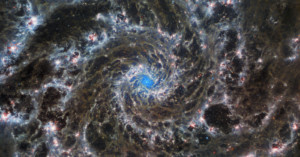
The James Webb Space Telescope's (JWST) mid-infrared instrument (MIRI) has been used to capture a gorgeous and mesmerizing photo of the heart of galaxy M74, also known as the Phantom Galaxy.

The European Space Agency (ESA) has published a video that puts into perspective just how far away the latest target of the James Webb Space Telescope (JWST), the Cartwheel Galaxy, is.
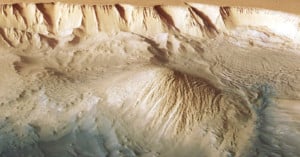
The European Space Agency has released stunning images of the enormous Valles Marineris canyon taken by the Mars Express.
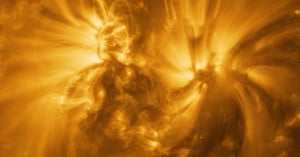
The European Space Agency (ESA) has released the highest resolution photo ever taken of the Sun that includes its full disc, outer atmosphere, and corona that has ever been captured.
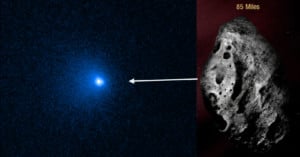
NASA's Hubble Space Telescope has captured the largest icy comet ever observed by astronomers. With a diameter of about 80 miles across, it is 50 times bigger than most known comets and it is headed directly towards Earth.
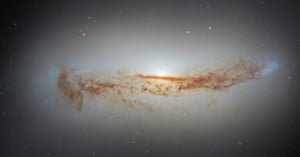
In a new photo captured by Hubble, what appears to be a calm spiral galaxy belies the supermassive black hole at its nucleus.
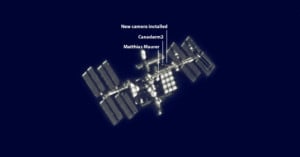
Last week, two astronauts spacewalked outside the International Space Station (ISS) to make repairs and perform maintenance on the structure. Astrophotographer Dr. Sebastian Voltmer managed to photograph the astronauts outside the space station from his backyard.
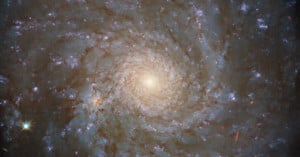
Hubble has photographed a massive spiral galaxy that lies about 60 million light-years from Earth. Despite its size, it's far from the largest celestial object known to astronomers.
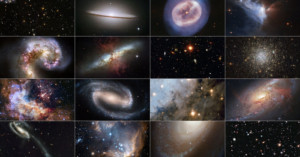
The Hubble Space Telescope recently celebrated its 20th year using the Advanced Camera for Surveys (ACS), which was installed on Hubble in March of 2002 and became its most used camera.
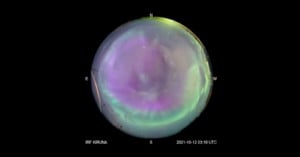
The European Space Agency (ESA) captured a video of a "violent mass of fast-moving plasma" that was spit out by the sun. This coronal mass ejection (CME) can cause interference with communications and GPS systems on Earth, but can also deliver some incredible light shows.
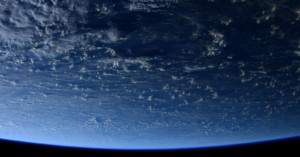
European Space Agency astronaut Thomas Pesquet recently published a set of images from the International Space Station of Earth that show only water and clouds, which makes the planet look very different than it is normally seen.
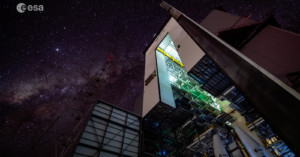
Watching any Milky Way timelapse is almost always an awe-inspiring experience, but add in the stellar location of the European Space Agency's (ESA) Ariane 6 rocket launch site and you've got a recipe for something truly special.
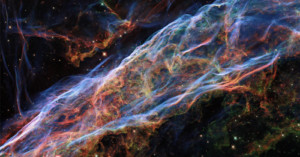
NASA/ESA Hubble Space Telescope has re-released an image of the Veil Nebula that it originally featured back in 2015. This time, significantly more detail has been made visible thanks to new processing techniques.
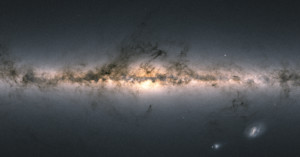
The European Space Agency (ESA) satellite observatory Gaia, whose mission is to produce a 3D map of the Milky Way, has sent back a new and updated map of the galaxy that contains detailed information on more than 1.8 billion sources and is being called a "treasure trove for astronomers."
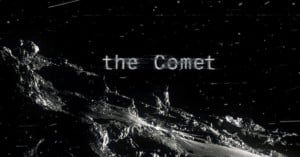
From 2014 to 2016, the European Space Agency's Rosetta spacecraft followed the comet Churyumov-Gerasimenko (67p) around space: collecting scientific data, sending a probe to its surface, and capturing some 400,000 photographs of the comet. This cinematic video was made from those photos.
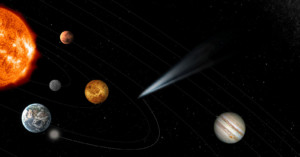
The European Space Agency (ESA) has announced a new mission that will have the goal of intercepting a comet with a special composite spacecraft in order to shoot photos of it.
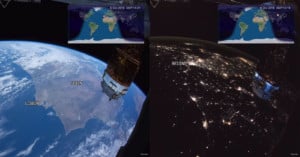
To celebrate 20 years of international collaboration, the European Space Agency released this 15-minute video that's the longest continuous time-lapse shot from space.
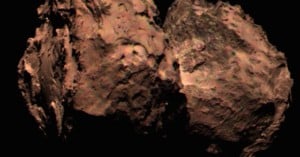
Given Comet 67P is, after all, a rock, and given that gray rocks are not uncommon, you would be forgiven for thinking that the photos of the comet that we've seen thus far were in color. That, however, is not the case. What you're seeing above is actually the first true color image of Comet 67P taken by the ESA's Rosetta spacecraft.
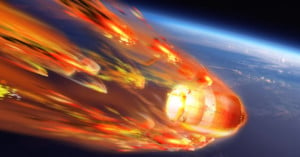
The European Space Agency has designed a disposable piece of equipment affectionately referred to as the Break Up Camera. As you could expect from the name, the sole purpose of the camera is to capture it’s own death.
How will it capture its own death though? With the help of a dedicated Infrared camera, hooked up to a storage device that will be contained in a ceramic-shielded Reentry SatCom.
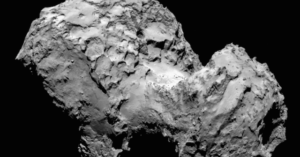
After a decade of travel, the European Space Agency‘s Rosetta spacecraft has finally reached it’s destination. Launched in 2004, Rosetta’s goal was to arrive at Comet Churyumov-Gerasimenko (67P), which it has finally done, after racking up 6.4 billion kilometers on its odometer.
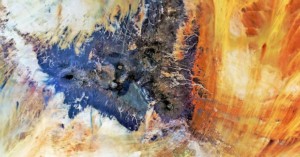
Well, thanks to the US Government shutdown, space photography lovers who frequented site's like NASA's Astronomy Picture of the Day are left looking for other outlets. Thankfully, there are plenty out there, not the least of which is the space imagery archive of the European Space Agency, or ESA.
NASA may be experiencing a 97% workforce cut, but the ESA is still very much up and running, and their Observing the Earth and Space in Images webpages will give you plenty to browse through until Congress gets its act together.
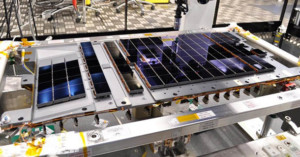
A 268-megapixel sensor might suffice for photographing the stars through a telescope, but apparently a sensor many times more powerful is needed for photographing alien planets from space.